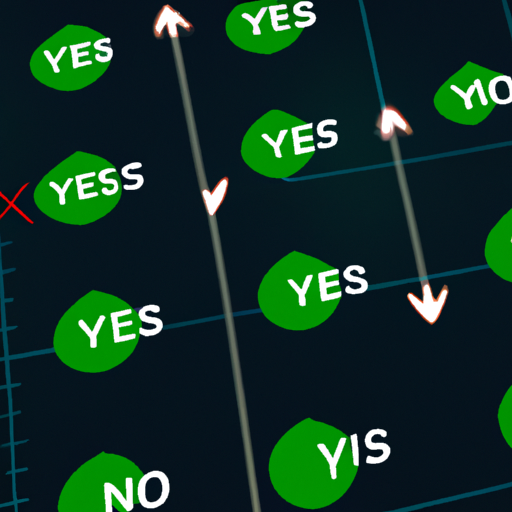
It is the maximum consecutive streak on each side and the maximum number of accounts with the same number of mana positions for each side.
So if the yes positions are 6, 7, 7, 7, 8 and the no positions are 3, 4, 5, 10, 10, 10 then both of these score 3*3=9 and because this is a tie it resolves no.
🏅 Top traders
| # | Name | Total profit |
|---|---|---|
| 1 | Ṁ152 | |
| 2 | Ṁ10 | |
| 3 | Ṁ9 | |
| 4 | Ṁ9 | |
| 5 | Ṁ6 |
Risk free mana: For anyone at close having a position of spending 1 mana for a position of 1, 2 or 3 shares on no, if they don't profit from that position I will put a 3 manalink on one of their resolved markets and tag them.
I reserve the right to withdraw this offer if someone offers more for yes positions. (If anyone has taken up a position before I withdraw this offer then I will still honour it.)
@cloe With 3 3 4 4 5 the longest chain is 3 and the max same is 2 so the calculation is 6, Yes a long chain is vulnerable but lots on the same number is less vulnerable.
Another thing is a large bet moves the % chance quite a bit. with % chance down to 40% more people may see the advantage of small bets on yes.